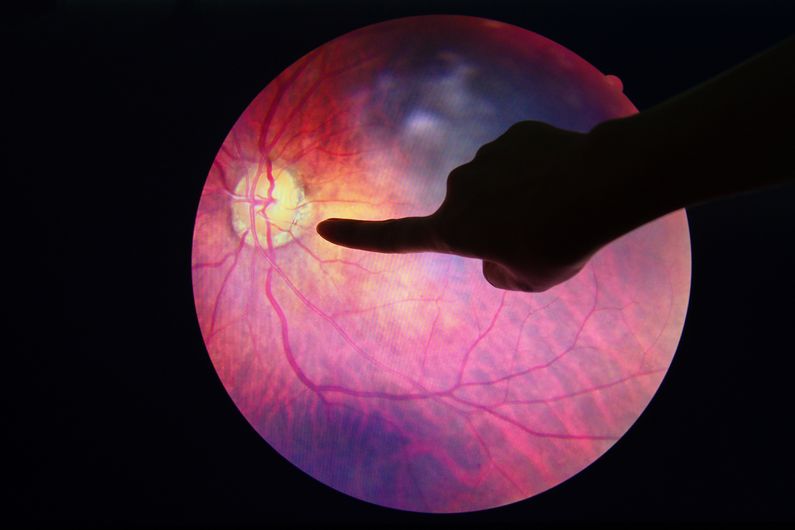Promising discovery for patients with diabetic retinopathy
- Salle de presse
08/20/2020
- UdeMNouvelles
Researchers have discovered a cellular process that cleans and remodels damaged blood vessels in the retina, which could lead to a treatment for diabetic retinopathy.
Published in the prestigious journal Science, a new study has shed light on a cellular process that occurs in the retinas of people with diabetic retinopathy. This discovery could lead to the development of a treatment for this serious complication of diabetes.
The research was led by Dr. Przemyslaw (Mike) Sapieha and Dr. François Binet in collaboration with Dr. Frédérick Antoine Mallette and Dr. Flavio Rezende of the Centre de recherche de l'Hôpital Maisonneuve-Rosemont (CR-HMR), which is part of the Centre intégré universitaire de santé et de services sociaux de l'Est-de-l'Île-de-Montréal, and Dr. Jean-Sébastien Joyal of the CHU Sainte-Justine Research Centre, affiliated with Université de Montréal and also with Dr. Jean-François Côté of the Montreal Clinical Research Institute (IRCM).
Diabetic retinopathy is characterized by vascular degeneration and later the formation of abnormal blood vessels in the retina. This vascular proliferation compromises the nerve cells that carry information from the eyes to the brain.
The study demonstrates that to stop abnormal vascular proliferation, blood vessels apply a series of molecular “brakes” that become activated in a way similar to an accelerated version of natural cellular aging. Collectively, these mechanisms culminate in a process called cellular senescence, which eventually causes tissue scarring in the retina.
When in senescence mode, blood vessels produce inflammatory molecules that become targets of immune cells called neutrophils. Although thought to be the immune system’s first responders, the study shows that neutrophils arrive in the retina later on to help clean and remodel damaged blood vessels. They do this through an unconventional cellular mechanism of releasing neutrophil extracellular traps (or NETS) made up of their own DNA onto diseased blood vessels.
More broadly, the results of this study imply that the destruction of senescent blood vessels leads to beneficial vascular remodeling. The study therefore provides insight into the general function of endothelial cells and how they predispose older populations to complications such as myocardial infarction, atherosclerosis and strokes.
About the CIUSSS de l'Est-de l'Île-de-Montréal
The Centre intégré universitaire de santé et de services sociaux de l'Est-de-l'Île-de-Montréal (CIUSSS-EMTL) encompasses 26 facilities and serves a population of more than 500,000 Montrealers. Affiliated with the Université de Montréal, it offers a complete range of frontline healthcare and social services, housing services, and general, specialized, and superspecialized hospital services and mental health care. Thanks to its two research centres and its four pillars of excellence in mental health, immuno-hematology, eye healthcare and nephrology, the CIUSSS-EMTL is a leader in health innovation in Canada. Its teams´ innovative ideas contribute to its national and international reach.
Media contact
-
Clara Meagher
CIUSSS de l’Est-de-l’Île-de-Montréal
Tel: 514 774-0342 -
Julie Gazaille
Université de Montréal
Tel: 514 343-6796












